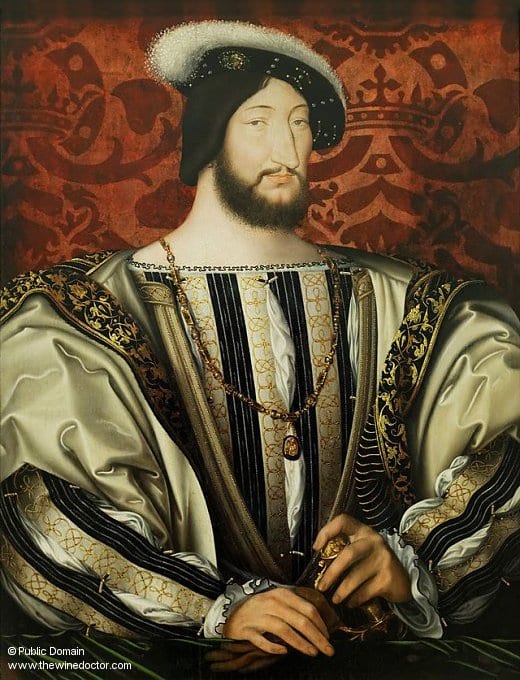Domaine des Huards
It seems to be the case that historians and I hold very different views on François I. I have learnt, through undertaking one of the briefest periods of research possible, that historians apparently regard the promotion of ‘Renaissance thinking’ as being his most significant contribution to mankind’s story. In inviting the leading Italian artists of the 16th century, most notably Leonardo da Vinci, to work on his imposing hunting residence known as Château de Chambord, he unwittingly kickstarted a cultural and artistic revolution. The Renaissance movement swept through France, in doing so shifting it from a time of darkness, the Black Death and the Hundred Years’ War, into a new era of humanism and enlightenment.
At the same time, François I looked beyond his European enemies to distant lands, and in doing so he was the first French monarch to establish a foothold for France in the New World. He sent nobleman Jean-François de la Roque de Roberval to settle Canada and charged ship-owner Jean Ango to initiate trade with the East Asian nations. Closer to home, he forged links with Suleiman the Magnificent, tenth sultan of the Ottoman empire; this was a remarkable move for a Christian king, but both men had a common enemy, Holy Roman Emperor Charles V. Through his rule over Spain Charles V was already settling huge tracts of the New World, and his European empire encircled France, so no doubt François saw this as a valuable alliance. Modern historians certainly seem to think so.

Please log in to continue reading:
